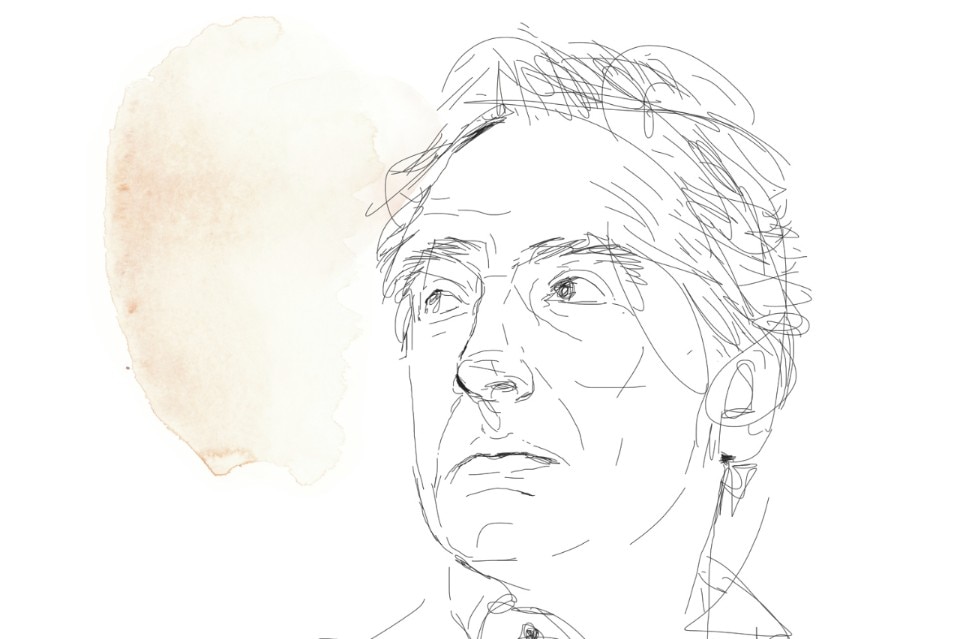“Luckily, today, there is a non-contemporary art market, too.Otherwise, I’d be dead.” Aside from the elegant and cosmopolitan aspect, Carlo Orsi does not really fit the antique dealer cliché. Something quite singular for one of the most esteemed professionals in Europe, who has revolutionised the antique market since 1986 after taking over the gallery opened by his father Alessandro on Via Bagutta in Milan. Leaving aside old-fashioned, generalist ideas, Orsi began to focus on ancient paintings and sculptures, preferably Italian. Against the tide in a difficult economic situation, he became even more specialised and strove to go even further. His first monographic shows were on major artists and themes of Italian art: Pietro Longhi, Fra’ Galgario, Grand Tour. Few pieces, oftentimes not for sale to the great surprise of clients, with an approach to materials that detracts from the commercial aspect and instead leaves more and more room for research. A strategy that would pay off.
“For some time now, ancient art is a niche, so there’s considerable opportunity to purchase quality antiques. In fact, this type of collecting implies preparation, competence, study. So, in a profoundly changed world, where culture is at a loss, where there is less participation in understanding, you have to understand the century, the influence, the painter’s personal story. Non-obvious things, contexts we took for granted mistakenly and because there was a market. Now you have to explain things all over again, so that’s why I study, I turn to art historians and I don’t sell these objects anymore if the ones I’m selling don’t have a context. Today, being an antique dealer also means all of this. And if you’re lucky through your research to find information that supports them, then that’s a real advantage”. A technical and passionate perspective that allows Orsi to explain a misunderstanding, or rather, a stereotype: because Koons is not so different from, or inferior to, Titian.
There is no real specific difference, in my opinion. The only difference is that today, for the new rich, buying ancient art is not a status symbol anymore, but for contemporary art it’s different, because it has a lot to do with money. Koons is easy to find at 20 million, but a work by Titian is harder to find, and even if you find one, it can’t be reproduced.
“Besides, in truth, even Titian, who was one of the grand masters of his age, painted for well-off people. That’s why, in many ways, Koons may be today’s Titian, because the world has opened up, the wealthy have grown in number and artists make works for the rich who can afford them”. And, of course, quality has changed, also because today there is more marketing; works of art are made for a market promoted by the artists themselves, but also by gallerists, who ask artists to create for the market because the market wants it that way. “Today, there’s the atelier, as Canova had, but the industrialisation of art now has a different experience from the past, so Koons’s atelier has 150 workers. But I repeat, only because there’s a demand, because there’s always a new rich man in China, in Japan or in South America who wants a work. In short, you buy what is most recognisable, because it creates status”.
However, there is another change that took place at the twilight of a middleclass who used antiques for decorative purposes that no longer exist. “Today, if you invest a million euro in contemporary art, it’s almost like investing in a hedge fund. And reality tells us this is correct, that a reassessment has taken place. But, it doesn’t work this way for antiques, this principle isn’t there. When I began, reselling an antique box and a modern etching inherited from grandma, things would first be handed down and then, maybe, were sold off. But the basic principle wasn’t to buy to invest and then resell, but to buy for the pleasure of possession, and that’s the most beautiful thing ever.”
The last Botticelli At Frieze Masters (3–6.10.2019), Trinity Fine Art gallery, owned by Carlo Orsi, presents a masterpiece by Botticelli, the Portrait of Michele Marullo, the grand Renaissance artist’s final work still privately owned. The stand totally devoted to this work is designed to maximise the visitor’s experience.


